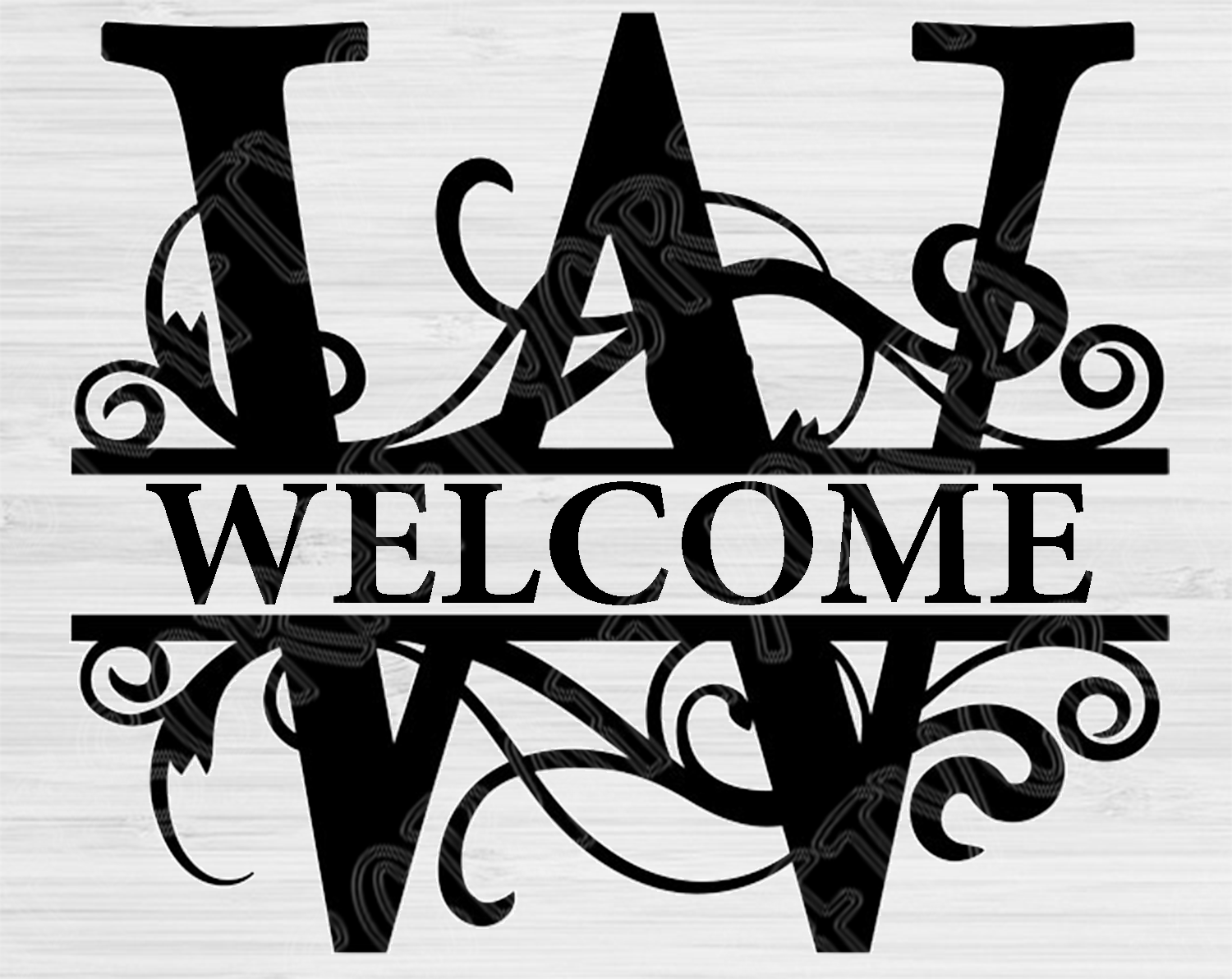

Pretend you’re me and you want your logo cut out on a nice little stand. Tidying up your objects for the purpose of laser cutting is best shown by example. These things are super easy to clean up if you follow our tutorial. The laser will read any path in the file, whether it’s stray or disconnected from the rest of the object, and attempt to laser cut the path, ruining your product in the process. Making sure your objects are combined correctly is important for laser cutting.
#Boxy svg cut two objects how to#
In this tutorial we’re going to show you how to unite and exclude objects in Inkscape for laser-cutting. Here’s a snippet using meta tags, SMIL and SVG shapes: Īn svg rectangle using a circle as the clipping target and animated with SMILĪ clipPath created in SVG can also be referenced from CSS using the clip-path property like so. You can even have multiple clipPath definitions inside a parent clipPath. It also accepts SMIL animation tags such as, , SVG shapes ( circle, rect, polygon, path) including, , style, and. The types of content models accepted are ones such as title, and description along with other types of meta data tags. clipPathĪn SVG clipPath accepts many attributes and content model types. Now let’s discuss some elements and attributes which enable clipping and masking in SVG. A mask consists of a shape or image where each pixel has varying degrees of transparency and opaqueness that can peer through, or hide portions in a very subtle fashion. Think of a clipping path as a “hard mask” where the clipping object removed is a shape without any transparent or opaque pixels showing through. Still confused as to the difference? There’s a very subtle distinction between these two types of options. The result is a shape that is identical to our mask (i.e.

In this scenario our mask is the object we desire to “extract” from our solid color background. Think of masks as a way to accept the visible region already defined by an object’s shape. Here we take a graphical object or shape that will be painted onto the background through a mask, thus completely or partially masking out parts of the object. The result is cut out from the solid background leaving only a hard shape in the form of our “clipping region”. In the sample image above, our shape (the Envato logo) is the object we’ll be using as our clip path object. Always double-check caniuse as well as your own tests in the browser.Ī clipping path is an object where everything within the defined shape is visible, while the outside portion is “clipped out” and doesn’t appear on the canvas Let’s answer this question first: what’s the difference between clipping and masking? We’re going to take a look into each one in order to gain a better understanding. Be aware that while most features outlined in the specification work today, some will not. In this article we’ll take a look at some advanced methods along with demos that showcase clipping and masking to great effect. Over the years many developers have taken these abilities and pushed them in various directions. Clipping and masking is a feature of SVG that has the ability to fully or partially hide portions of an object through the use of simple or complex shapes.


 0 kommentar(er)
0 kommentar(er)
